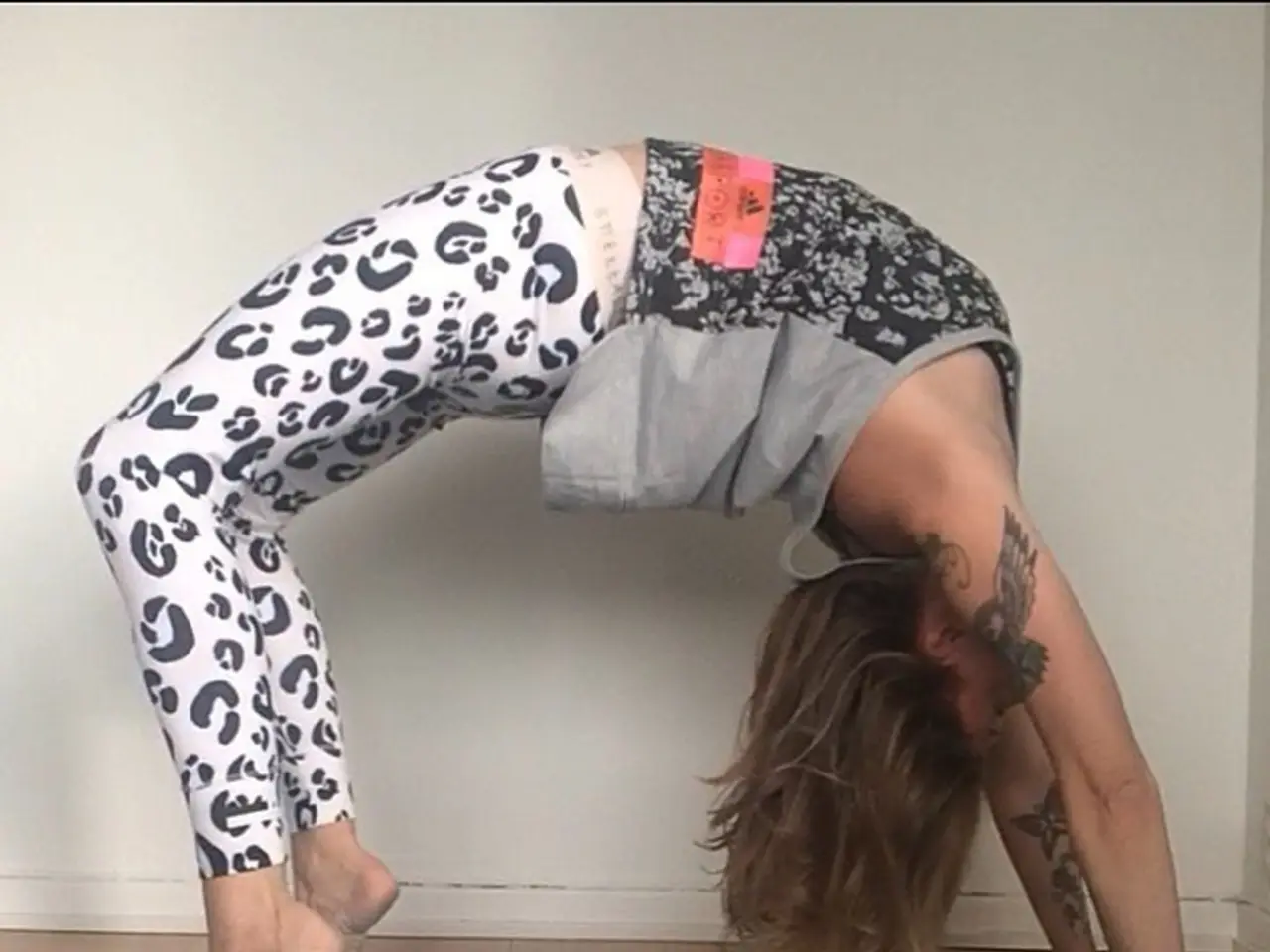Guiding emotional peace by means of deliberate physical activity
In recent times, a study led by researchers at NYU Grossman School of Medicine has found that yoga may be more effective than standard education on stress management in treating the symptoms of generalized anxiety disorder (GAD). This condition, affecting an estimated 6.8 million Americans, is known for causing excessive worry and anxiety that interferes with daily activities.
The study, which involved participants practicing Kundalini yoga, a form of yoga that includes physical postures, breathing techniques, relaxation exercises, yoga theory, meditation, and mindfulness practice, showed promising results. After three months, 54% of those who practiced yoga met response criteria for meaningful symptom improvement, compared with 33% in the stress education group.
Dr. Naomi Simon, the lead study author, suggests that at least short-term, people with GAD may find value in trying yoga to see if it works for them. However, it's important to note that cognitive behavioral therapy (CBT) remains the primary recommended treatment for anxiety disorders. Medications such as antidepressants and benzodiazepines are sometimes used to treat anxiety as well.
Yoga, being well-tolerated, easily accessible, and having a number of health benefits, could provide a valuable addition to traditional treatment methods. For instance, the child's pose encourages steady, conscious breathing, which can calm the sympathetic nervous system and stimulate the parasympathetic nervous system, promoting relaxation and calm. This pose also helps to release tension in the back, neck, and shoulders.
Tree pose, another common yoga position, demands concentration, focus, and awareness, promoting balance and a sense of control over emotions. However, those experiencing any hip or knee injuries should avoid this pose, and only bend as far forward in child's pose as feels comfortable.
Legs up the wall pose can be a particularly beneficial posture for those dealing with anxiety. This pose can be performed against any wall, with the option to place a pillow or blanket under the lower back for comfort. It has been found to help relieve lower back pain and regain a sense of calm after a stressful day, having a beneficial effect on the nervous system similar to napping.
In socially distanced times, conducting an antianxiety yoga practice at home is possible. Whether you're a beginner or an experienced yogi, incorporating these poses into your daily routine could potentially offer relief from symptoms of anxiety. As always, it's crucial to consult with a healthcare provider before starting any new exercise or treatment regimen.
Read also:
- Peptide YY (PYY): Exploring its Role in Appetite Suppression, Intestinal Health, and Cognitive Links
- Toddler Health: Rotavirus Signs, Origins, and Potential Complications
- Digestive issues and heart discomfort: Root causes and associated health conditions
- House Infernos: Deadly Hazards Surpassing the Flames








